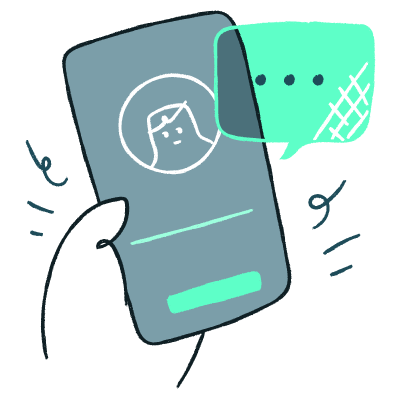This article was originally posted on the Open edX website.
The upcoming Open edX® release contains an exciting, much-requested new feature: Public Course Content. This gives you the option to make either a course outline or course content available to anyone, regardless of whether they have registered for an Open edX platform user account or enrolled in the course!
This was a community initiative, inspired by Stanford’s implementation, sponsored and specified by Cloudera, and developed by OpenCraft in collaboration with the edX® Architecture and Product teams.
You can see this feature in action now on Cloudera OnDemand:
What is it?
With Public Course Content, you can make your courses visible to potential learners who are either anonymous (unregistered) or registered but not enrolled in that course. You can decide which courses, and which parts of those courses, you want to to make public. For example, you can:
- Make just the course outline public.
The course outline will show without any links to internal course pages, giving potential learners an overview of what they will see when they enroll.
- Make the entire course public.
Anyone visiting your course outline can follow links to visit internal course pages, and freely navigate HTML and Video course content and handouts.
- Show different content blocks to public learners vs enrolled learners.
You can create content tailored to the public view, while still supporting the needs of your enrolled audit and paid learners.
What is it good for?
Existing learners can browse your public course to see if they want to enroll. Plus, Google and other search crawlers can index your public courses, so that people who are searching for information about the topics you teach can then find your course through their normal search behaviours. This can increase the visibility of your organization’s courses and boost enrollments for genuinely interested learners.
How to use it?
See Configuring the Open edX Platform » 4.11. Enabling Public Course Content for instructions on how to enable and use this feature in your courses.
What can you contribute?
There are still some limitations of this feature, and plenty of scope for future contributions.
We’ve listed some of the missing capabilities we want below, and you can help by adding your ideas and use cases and discussions to the Nonregistered course access thread on the edXchange forum. And bug fixes are always welcome!
Improve public access to selected course blocks
Currently, anonymous or unenrolled learners are not members of any cohort, and so they only see course blocks which are not assigned to a content group. If you want to restrict public access to selected course blocks, you need create content groups for your private content, and ensure that your enrolled learners are members of a cohort that can see this content group.
This functionality needs a better user experience, and perhaps a reversal in how it works under the hood. For example, we could create a special Public Content Group, and assign public content blocks to that group. This group could have an option that designates whether enrolled learners also have access to content in this group, so that for example, you could display “teaser” content to public learners, and full content to enrolled learners.
Add support for all content types
Currently only HTML components, Video components, and course handouts have a “public” view. Unenrolled learners will see a message requesting that they sign in/register and enroll to see more complex content types like discussion forums, problem blocks, randomized content blocks, exams, Open Response Assessment, and other XBlocks.
Unenrolled learners will also not see course completion or progress updates as they go through the course, and the platform doesn’t remember where they left off if they leave the course and come back.
We need to figure out how best to display more complex content types to anonymous and unenrolled learners. Should anonymous learners be allowed to post to forums? Should they be able to complete problems and participate in peer reviews? What happens to their scores and grades when they decide to enroll later? You can help by participating in the feature discussions.
Mobile app support
You still need an account and an active enrollment to see courses in the iOS and Android apps.
These apps should be enhanced to have an “anonymous” mode, so that registration is not required to view public courses and outlines.



